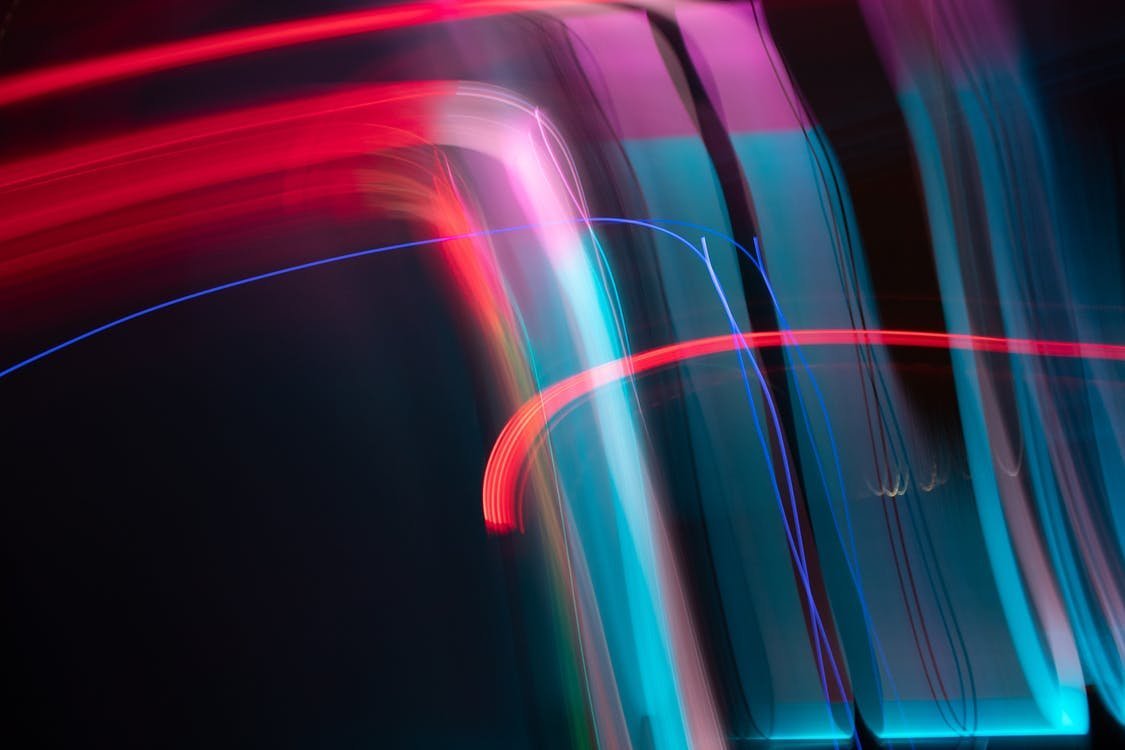Artificial Intelligence in Art: Its Impact on the Humanities
Written by Miranda Murphy-Rendón
This blog post is dedicated to looking into how AI can be applied in the vast field of humanities, specifically artificial intelligence in art and criminal justice.
What are the “Humanities”?
The humanities encompass an extensive range of academic studies, including history, languages, art, theology, philosophy, and related fields. Humanities push scholars to involve themselves in the exploration of culture, communities, and the human experience.
In my high school, there are several humanities courses offered to students. Standard history courses are mandatory for all grade levels, but supplementary courses such as anthropology and philosophy are available as electives.
In the US, all students are required to take an art course throughout their education, be it performing or fine arts. These are two fields of humanities students are introduced to at early ages. Many kids even pursue their art courses to higher levels as they progress through their education.
What is AI?
Before discussing about the applications of AI in humanities, let's first discuss what AI is.
Artificial intelligence (AI) is recognized as a “simulation of human intelligence processes by machines.” Many AI programs are designed to receive large quantities of data, then analyze and recognize patterns to predict results. These types of programs can be especially useful in sorting and analyzing data at faster rates to maximize efficiency, enhance predictions, and understand user trends.
How has AI been applied to the Humanities?
In regards to AI in the humanities, let's evaluate the impact of artificial intelligence in art.
AI in the Arts
There is speculation over how involved AI can get in art. According to Forbes, there is an unlikely chance that AI will be able to fully take over the art industry until scientists can understand the creative process of the human brain. This indicates a chance to benefit the art industry; instead of fearing the takeover of technology, artists can utilize AI to enhance their creativity and artistic processes. Artificial Intelligence in art can help generate ideas that push the limits of an artist’s creativity.
The arts are not the only place where AI can be implemented.
AI in Criminology
During my time studying AI at Inspirit AI, I had the opportunity to research and create an AI program that predicted the risk of recidivism amongst the incarcerated based on several factors. Some of these factors included sex, age, race, and previous crimes. My group and I used a logistic regression model to predict a criminal’s probability to re-offend within the next two years. We focused on analyzing the fairness of our models and the inherent bias within the model due to the dataset we used.
The reason for evaluating the fairness of models is due to previous models’ tendency to inaccurately predict the risk of recidivism, largely skewed against African-Americans. AI in criminal justice can aid the process in evaluating possible criminals, as long as it is done so with reduced bias so as to maintain the integrity of the criminal justice system.
Sources:
National Humanities Center. “What Are the Humanities?” Humanities in Action, 1 July 2018, https://action.nationalhumanitiescenter.org/what-are-humanities/.
“What is Artificial Intelligence (AI)? - AI Definition and How it Works.” https://searchenterpriseai.techtarget.com/definition/AI-Artificial-Intelligence. Accessed 21 Oct. 2021."

